

— Products —
 Consumer hotline +8618073152920
Consumer hotline +8618073152920 WhatsApp:+8615367865107
Address:Room 102, District D, Houhu Industrial Park, Yuelu District, Changsha City, Hunan Province, China
All products
dust monitoring systems usually require particulate matter sensors, meteorological sensors (including humidity, temperature, wind speed and wind direction sensors) as a base configuration. According to specific needs, gas sensors, noise sensors, UV sensors, etc. can also be added selectively. By integrating the above sensors, it is possible to comprehensively monitor and analyze particulate matter, harmful gases, humidity temperature, wind speed and direction and noise levels···
Tel/WhatsApp:+8615367865107
Email:Arvin@niubol.com +Nearly 100 partner company in more than 68 countries. We are committed to providing high-quality, practical products to meet your needs and help you solve problems.Product Details
A dust monitoring sensor is a device used to measure and monitor the concentration of dust in the air, which provides information about ambient air quality by detecting tiny particles (usually measured in microns) in the air. Dust monitoring systems usually need to integrate the following types of sensors to ensure that they can comprehensively and accurately monitor and analyze dust in the environment:
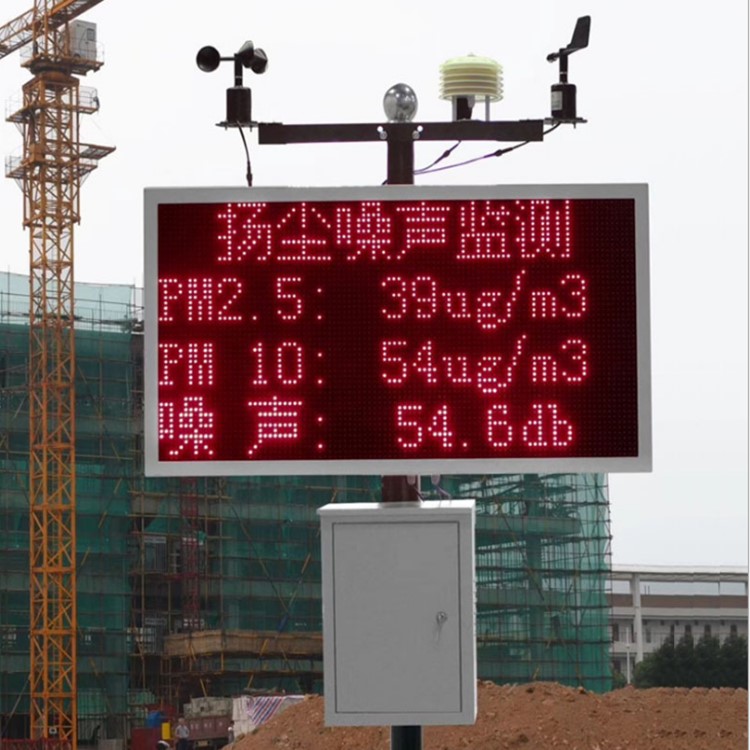
Used to measure the concentration of particulate matter such as PM2.5 and PM10 in the air. These particles have a significant impact on human health and environmental quality and are therefore key indicators in dust monitoring.
- Measures the concentration of suspended particulate matter in the air, especially PM2.5 (particulate matter with a diameter of less than 2.5 micrometers) and PM10 (particulate matter with a diameter of less than 10 micrometers).
- Particulate matter is an important indicator of air pollution and has a significant impact on human health and the environment.
- Real-time monitoring helps to take timely control measures to reduce particulate emissions.
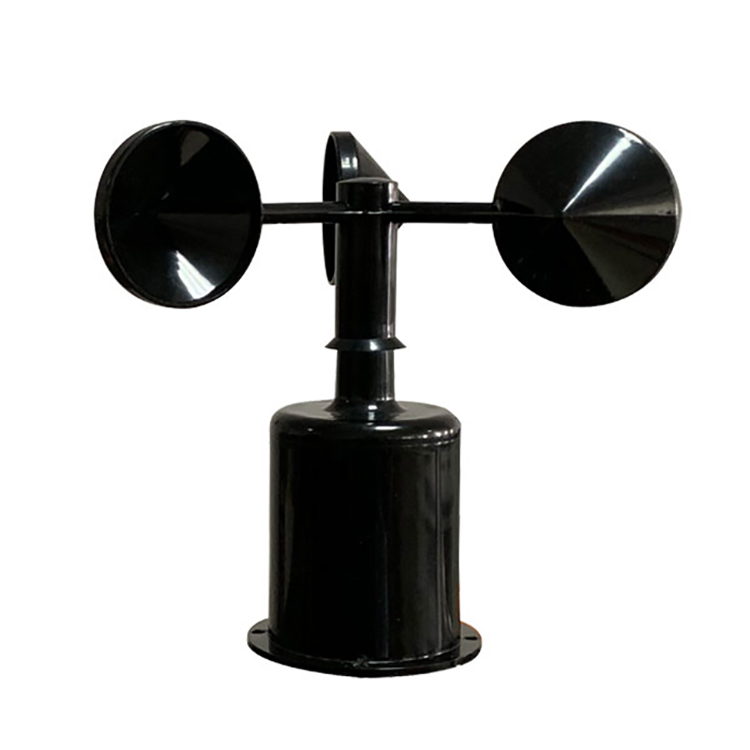 | 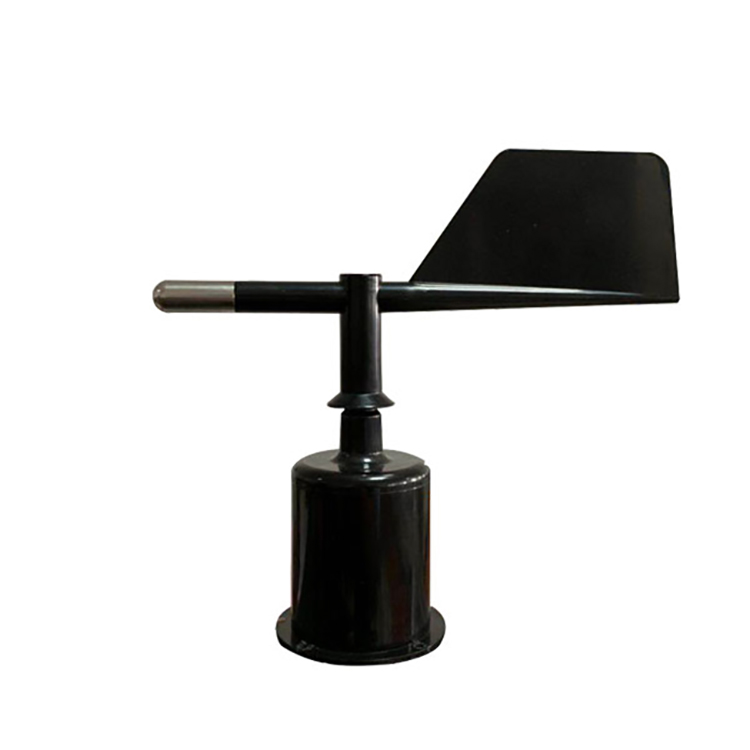 | 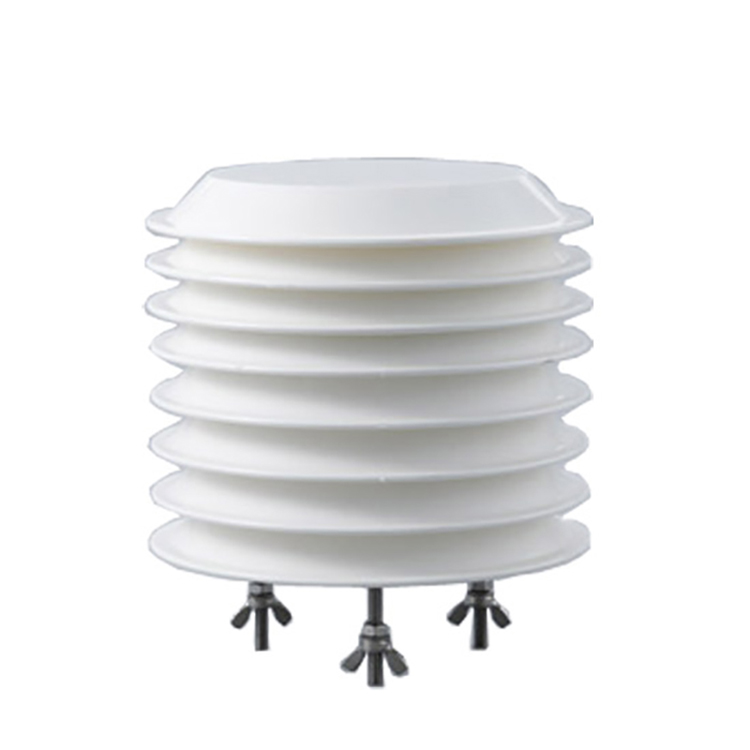 |
| Wind Speed sensor | Wind direction sensor | Atmospheric Temperature Humidity air pressure Sensor |
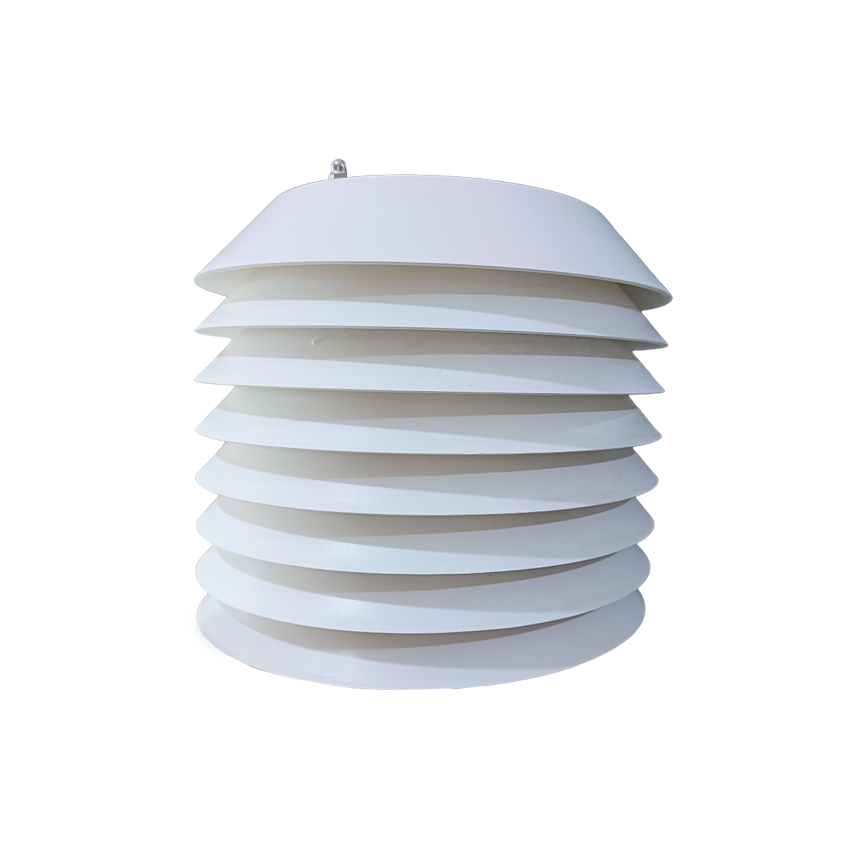 | 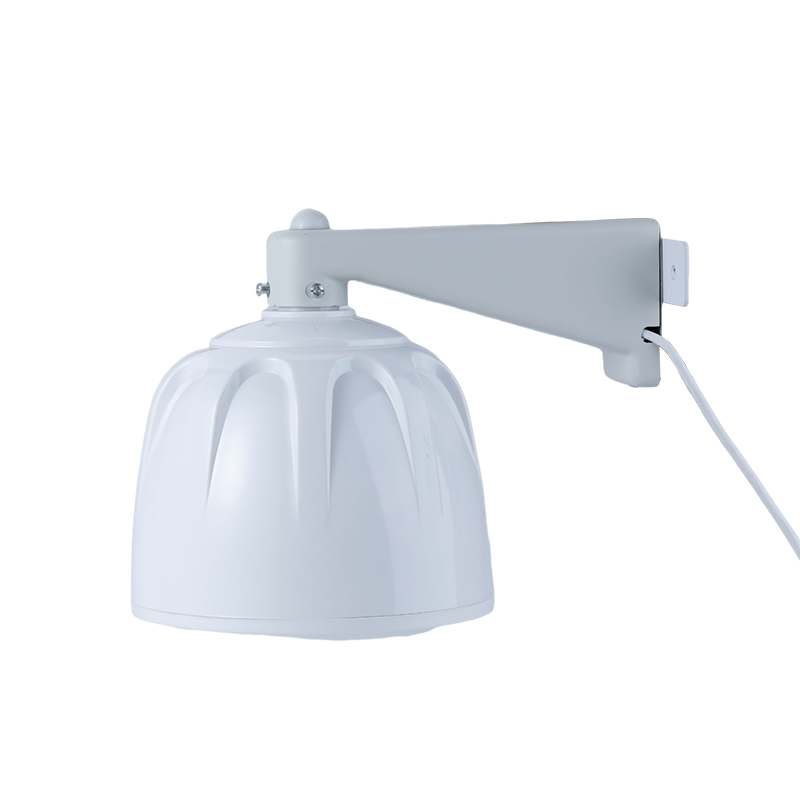 | 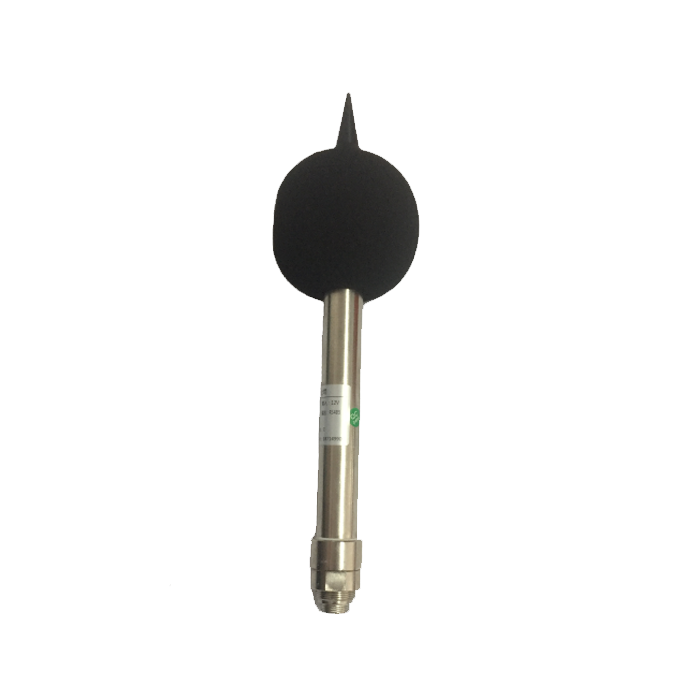 |
| PM2.5/PM10 Integrated Sensor | Four gas and two dust micro weather station | Noise sensor |
Humidity sensor: monitor air humidity, as humidity affects the settling speed and diffusion range of particulate matter.
Temperature sensors: measure ambient temperature, changes in temperature may also affect the stability and spread of particulate matter.
Wind Speed and Direction Sensor: Monitors wind speed and direction, which are key factors in assessing the impact of wind on dust dispersion.
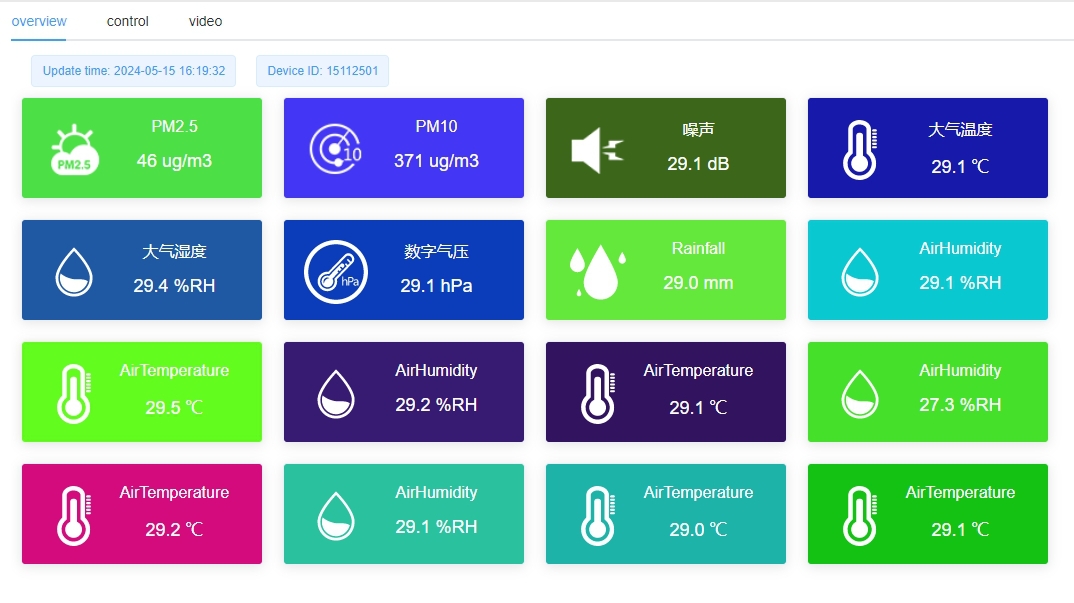
Used to monitor harmful gases in the air, such as sulfur dioxide and nitrogen oxides. Although these gases are not a direct component of dust, they may be present with the dust and work together to affect air quality.
- Detects volatile organic compounds (VOCs) and other harmful gases in the air, such as sulfur dioxide (SO2) and nitrogen oxides (NOx).
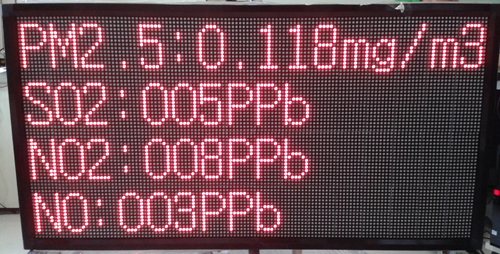
- Harmful gases are another important contributor to atmospheric pollution and pose a serious risk to the environment and human health.
- Monitoring helps to control and reduce the emission of harmful gases.
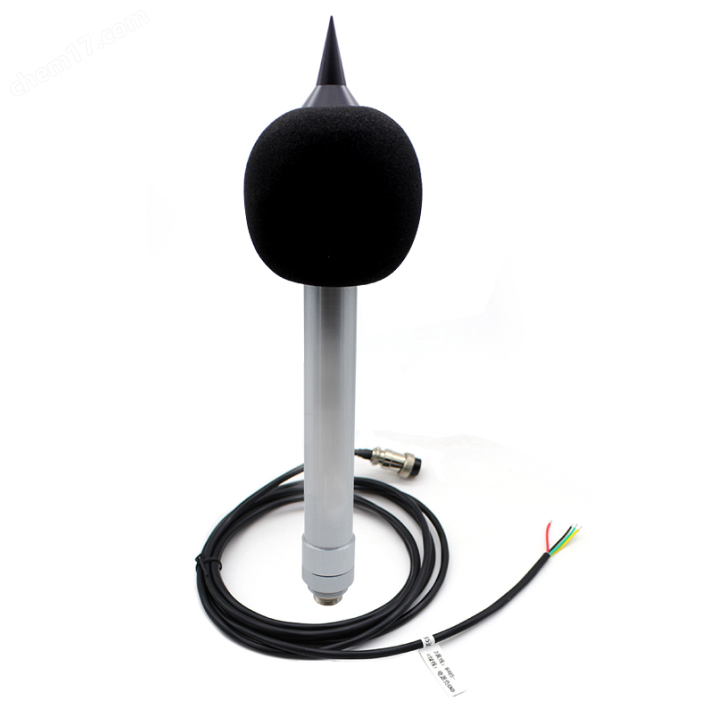
Evaluate noise pollution from dust sources (e.g. construction sites, traffic arteries, etc.). Although noise is not a direct indicator of dust, it may be accompanied by dust, causing a double impact on the environment and residents' lives.
Used to monitor the intensity of ultraviolet light, which can affect the reaction of certain chemicals in the atmosphere and thus indirectly affect air quality.
Used to monitor changes in atmospheric pressure, which can affect the dispersion and deposition of particulate matter.
Dust sensors have a wide range of application scenarios, mainly including but not limited to the following:
Dust accumulation on the surface of equipment is a common phenomenon in the industrial production process. Accumulation of dust will not only affect the normal operation of the equipment, but also may cause safety accidents. Dust sensors can be used to monitor the accumulation of dust on the surface of the equipment in real time, timely detection and treatment of the accumulation of dust, to ensure the normal operation of production equipment and production safety.
Dust sensors are also widely used in coal mines, chemical plants and other industrial environments for online real-time detection of air dust concentration to ensure the safety of the working environment and the health of employees.
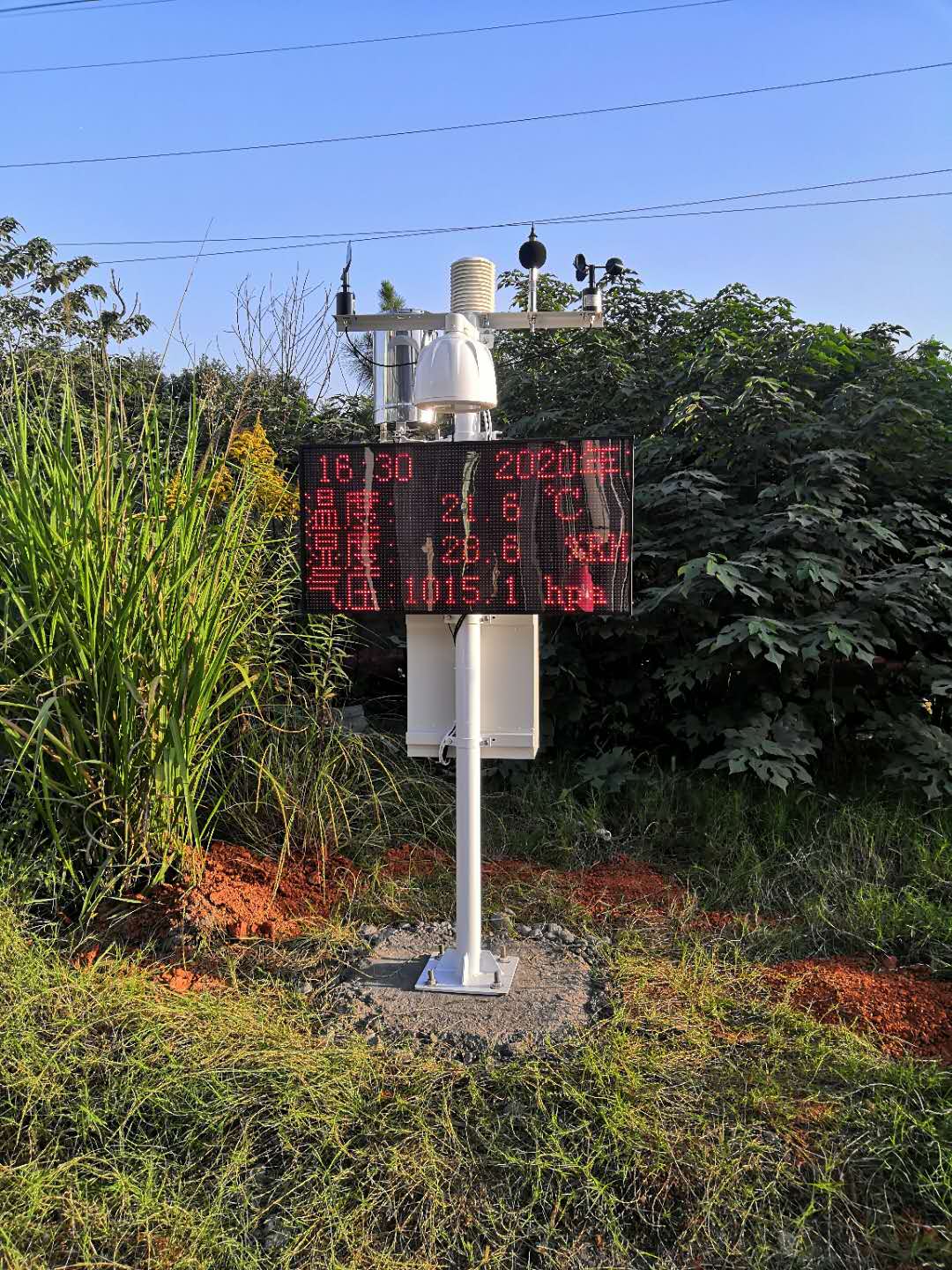
Accumulated dust is one of the most important sources of air pollution, which adversely affects environmental quality and human health. Dust sensors can be used in urban environmental monitoring stations to monitor the level of accumulated dust in the air in real time, providing accurate data support for environmental protection departments and helping to develop more effective environmental protection measures.
Dust accumulation is an equally serious problem at construction sites. Dust sensors can be used for construction site monitoring to detect and deal with dust accumulation problems in a timely manner, safeguarding the cleanliness of the construction environment and the health of workers.
Dust sensors can be used in household air purifiers, ventilation air conditioners and other equipment to monitor indoor air quality in real time and automatically activate the air purification function as needed to keep the indoor air fresh.
In the field of transportation, dust sensors can be used to monitor road dust, providing data support for traffic management and environmental protection.
In the field of aviation, dust sensors (or similar sensing devices) can be used in aircraft surface pollution warning systems to monitor the impact of pollutants on the surface of the aircraft (e.g., ice, dust, etc.) on the flight performance, and provide data support to pilots or autopilot systems to ensure flight safety.
In summary, dust monitoring systems usually require particulate matter sensors, meteorological sensors (including humidity, temperature, wind speed and wind direction sensors) as a base configuration. According to specific needs, gas sensors, noise sensors, UV sensors, etc. can also be added selectively. By integrating the above sensors, it is possible to comprehensively monitor and analyze particulate matter, harmful gases, humidity temperature, wind speed and direction and noise levels in the environment. These sensors play a key role in different application scenarios, helping the government and related departments to grasp the air quality situation in real time and take timely and effective pollution control measures to protect the environment and public health. Through these monitoring data, environmental management and planning can also be carried out to promote sustainable development.
NBL-W-PM25-PM10-Integrated-sensors-Manual.pdf
NBL-W-NS Noise-Sensor-Instruction-Manual.pdf
NBL-W-LBTH-Atmosphere-temperature-humidity-and-pressure-sensor-instruction-manual-V4.0.pdf
Sensors & Weather Stations Catalog
Agriculture Sensors and Weather Stations Catalog-NiuBoL.pdf
Weather Stations Catalog-NiuBoL.pdf
Related recommendations
 Multi-Depth Soil Sensor RS485
Multi-Depth Soil Sensor RS485 TDR Soil Moisture Sensor
TDR Soil Moisture Sensor Pyranometer Solar Radiation Sensors
Pyranometer Solar Radiation Sensors Soil ph sensor
Soil ph sensor Tipping Bucket Rain Gauge
Tipping Bucket Rain Gauge Air Temperature and Humidity Sensor
Air Temperature and Humidity Sensor
Screenshot, WhatsApp to identify the QR code
WhatsApp number:+8615367865107
(Click on WhatsApp to copy and add friends)